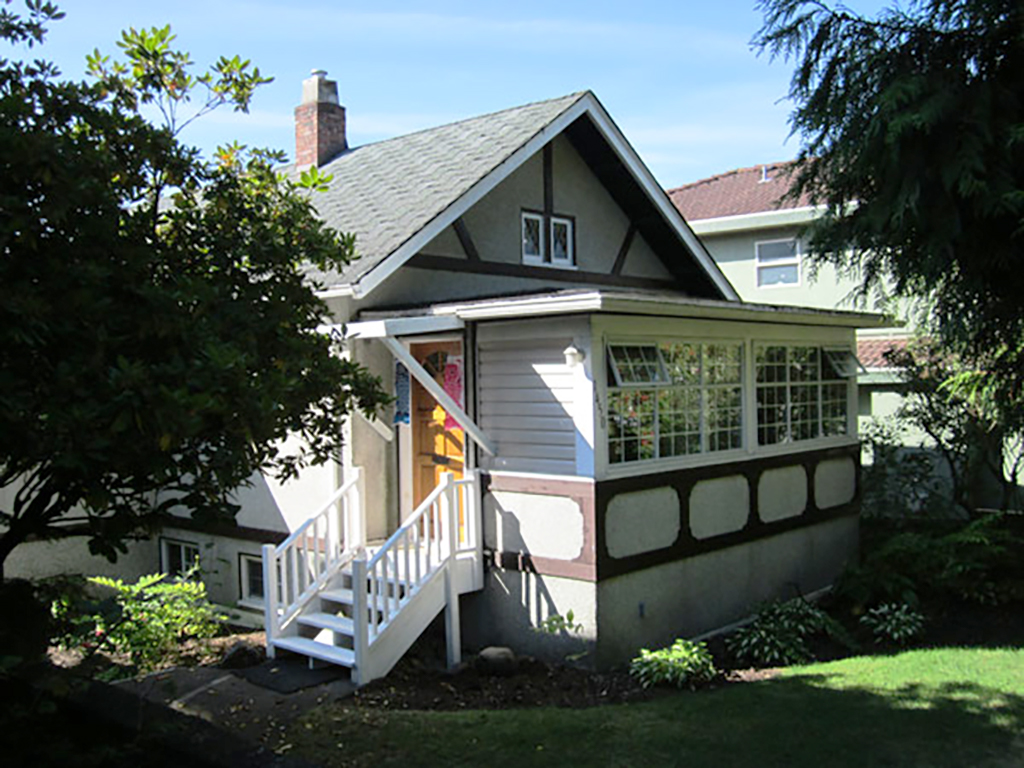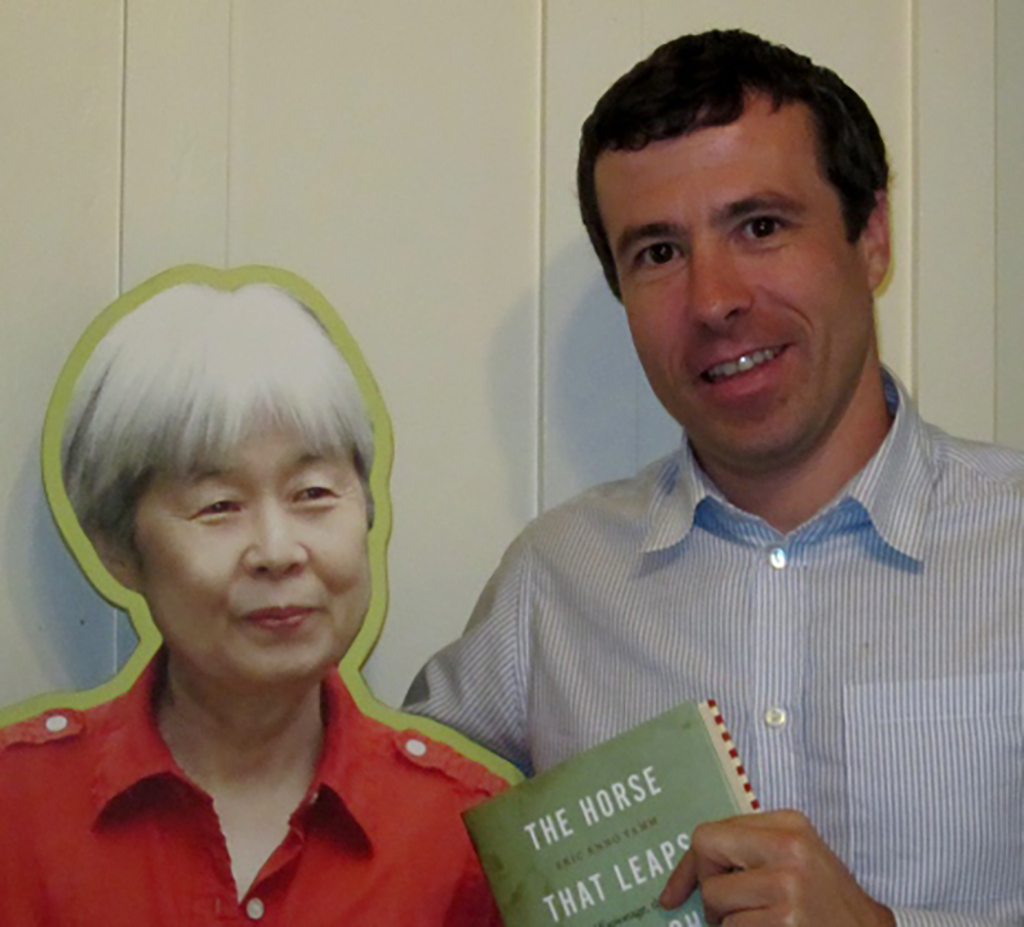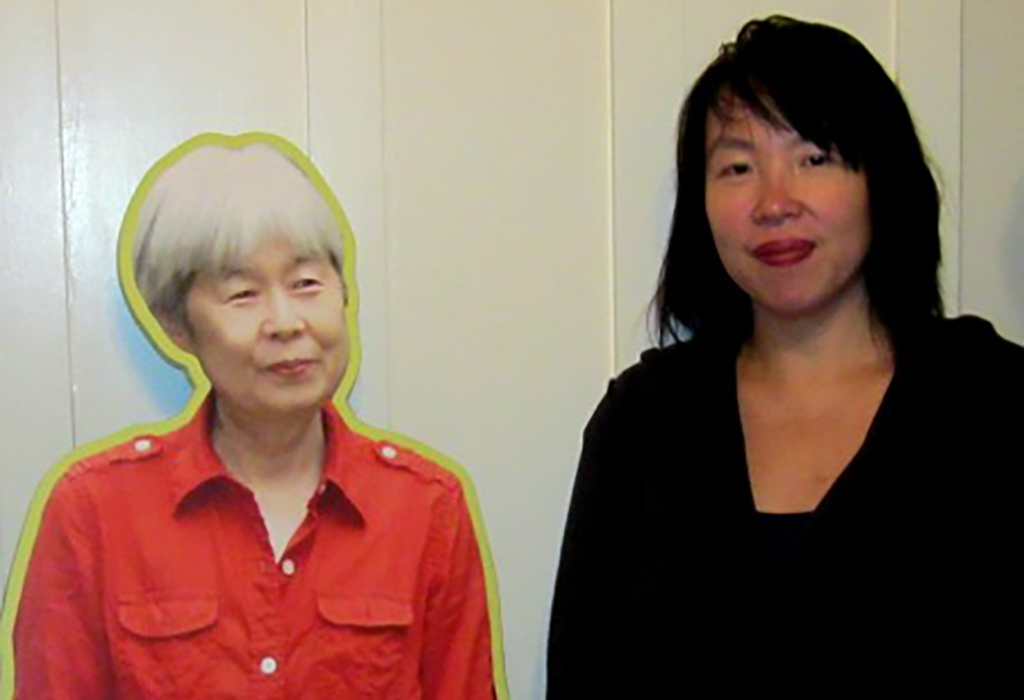The week began with the last of the Writing for Social Change readings, this time with New Brunswick artist and writer Shirley Bear, fresh from her investiture in the Order of Canada at Rideau Hall. This was our largest turnout: standing room only with people backed into the kitchen.
Shirley read several pieces, including some new work. The conversation wove back and forth until finally I realized everyone in the room had something to say. So we went around the circle. It was quite astonishing. Many people knew Shirley from her ten years in Vancouver, so there were stories of that time along with simple statements of gratitude for her work and friendship. It became a tribute to Shirley and her contribution to the community as well as a conversation about her writing.
This reminded me of how each event I’ve hosted at Kogawa House has had its own magic. I’ve come to feel the quality of intimacy in the surroundings naturally draws out conversation, just as the various writers have drawn their own particular audience. It has never been necessary to have Q&A sessions at the end of a session because the conversations come naturally and start early. And it has never mattered how large or small the attendance. Perhaps the most vibrant debate came with Fauzia Rafiq’s reading with just a dozen of us there. It was Fauzia who told me after how valuable the experience was for her — to have her work discussed with such depth and understanding by others is a rare treat for writers.
There were a few stalwarts who came for more than one event, and the indefatigable Toby Dent who came out to every single one! Toby also showed up at the Kogawa House annual holiday party (and crafts sale) with an array of her colourful hand-knit scarves. Of course, I always knew these three months would fly by. The last week has been jammed packed with dinners and events, including a screening at the Vancouver Public Library of Michael Ostroff’s film on Emily Carr, Winds of Heaven, to an overflow crowd. I continue to be entranced by Vancouver and the sun-filled Fall we have had. I will miss my frequent walks along the Fraser River, the Heart of the City Festival, and the blues bar at the Yale. I return East with the view still lingering in my mind of crossing the Lions’ Gate on the evening of the lunar eclipse — a silver moon rising against a darkening sky in the East facing an equally huge orange sun setting behind us over the ocean. East meets West, day meets night.
Many thanks to all of you who support Kogawa House. PLEASE consider joining, if you are not already a member. And, please, if you can, contribute to building fund. One of the key renovations will be to return the living room to its original size, and open up the adjacent sunroom. More light and a little more room in the living room.


